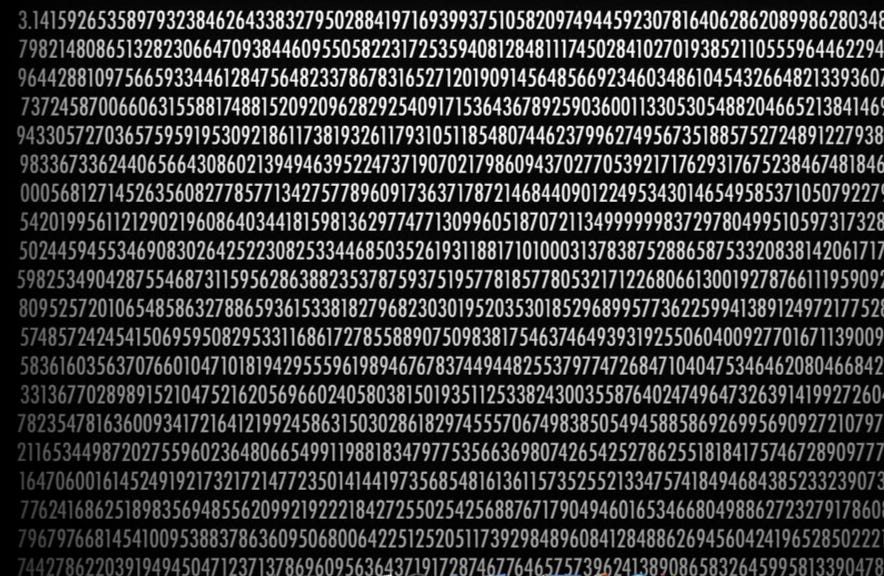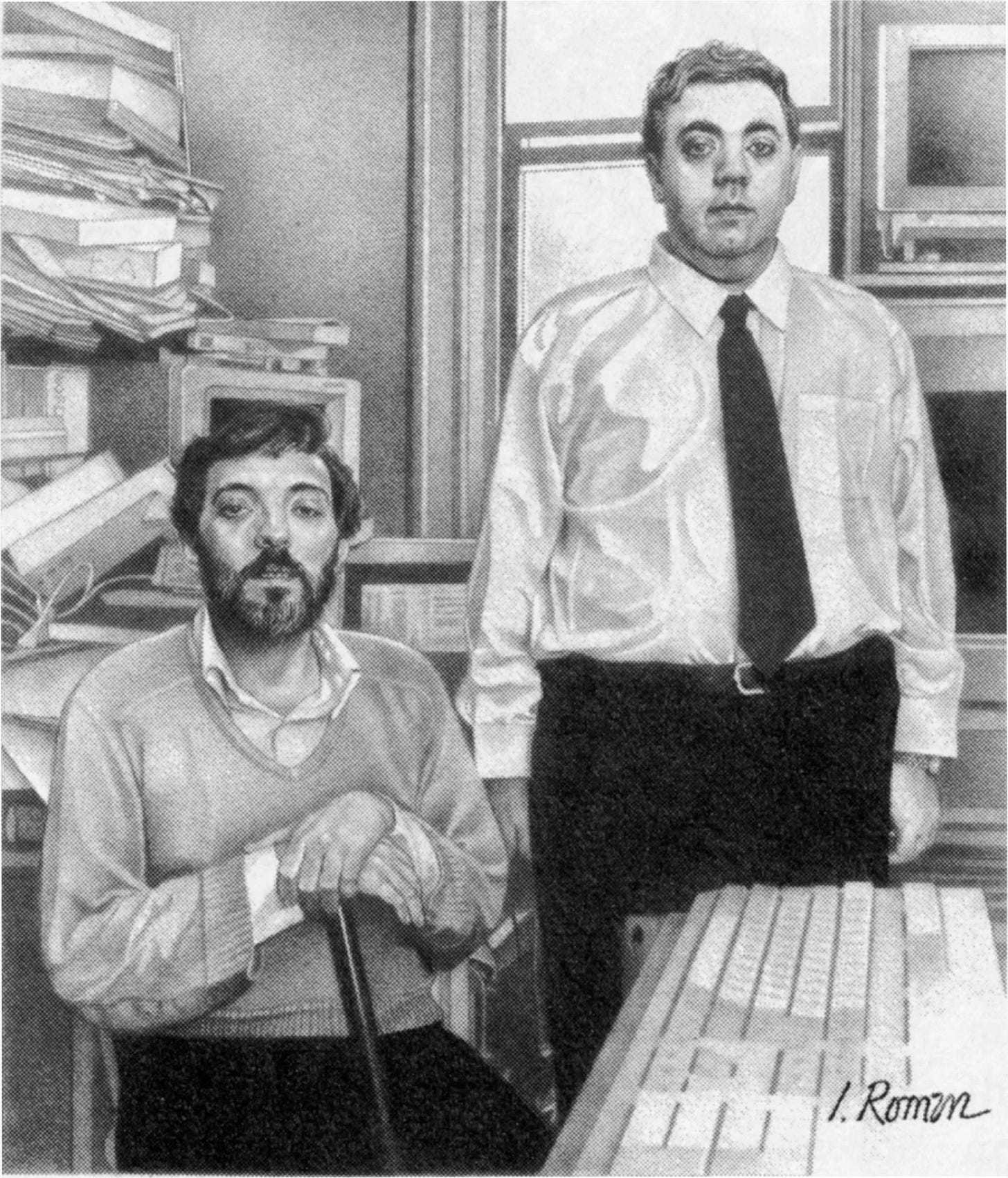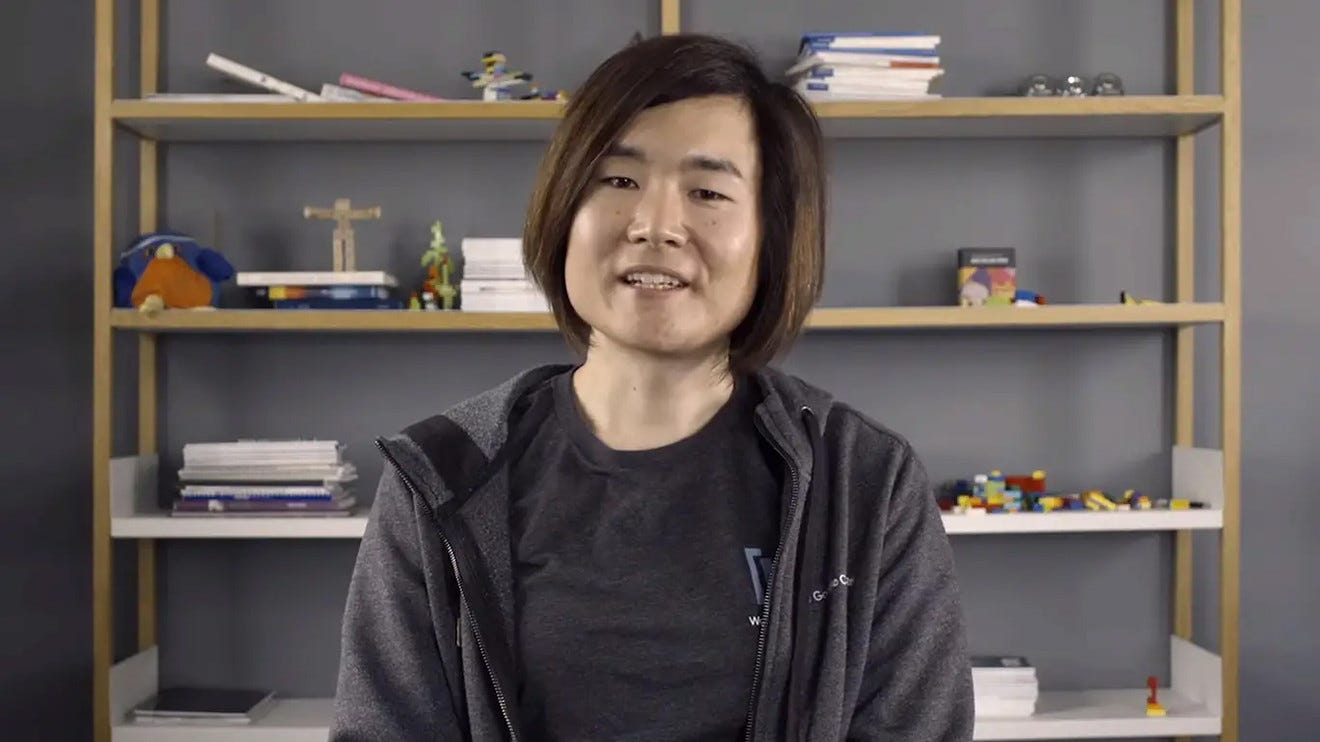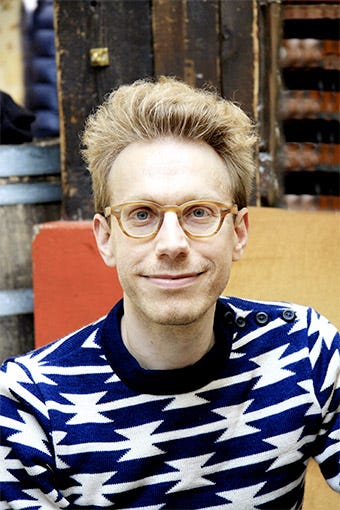Dear Lunatics,
Tonight’s full moon—typically known as the Beaver Moon or the Frost Moon—carries another nickname: the Child Moon.
A Child Moon comes on a winter night when the sun sets so early that even infants will be awake to ogle the full moon before bedtime.
It might be the first full moon that a newborn AI has ever seen.
In the past week, a mysterious shakeup at OpenAI has spawned rumors that an internal project, which the company calls Q*, has achieved true sentience—freaking out the OpenAI board itself and then the rest of the world.

Some have speculated that the Q might stand for “quantum”—as in quantum computing.
Because quantum computers run on qubits, which can exist in a state of quantum superposition, they can solve problems exponentially faster than a classical computer. Just where these quantum calculations take place is a source of debate.
According to the Oxford physicist David Deutsch, "Quantum computation will be the first technology that allows useful tasks to be performed in collaboration between parallel universes."
There’s one drawback, of course.
Quantum superposition is a tricky state to maintain. Some primitive quantum computers must be kept at temperatures 150 times colder than deep space and, because they are so sensitive, they have to be shielded from cosmic rays. One solution floating in the ether is to store quantum computers in the coldest, darkest caves in our vicinity: Moon craters.
These lunar craters, permanently shadowed with temperatures as low as -400°F, may be the perfect storage units for quantum computers, which look eerily similar to the monoliths from 2001: A Space Odyssey.
These quantum computers have been referred to, with a mixture of awe and terror, as “Infinity Machines.”
It’s a catchy nickname—and one that could be equally bestowed upon my little nephew.
When other kids were still munching on Lego figurines, my nephew was demonstrating an insatiable hunger for numbers.
As the most mathematically literate member of my family, I became his de facto tutor, and, strange as it sounds, I had him mastering exponents and basic algebra before he’d weaned off his pacifier.
Like Linus with his blanket, my nephew had a security calculator, which he would keep clutched in his little hands even as he slept in his car seat.
One day, he marched into my room and insisted I teach him about “all the numbers between zero and one.” He was vaguely annoyed, feeling as though I’d been holding out on him. So fractions it was that day.
He was a dream math pupil, so long as he’d napped properly and been given adequate time to hunt for worms outside. But he sometimes veered off from my curriculum to chase bigger and bigger numbers.
Soon after turning three, he asked me to tell him the largest number.
It was the day I’d been dreading. I introduced the concept of infinity and, as I feared, he didn’t like it one bit.
When I tried to convince him that there was no number larger than infinity, he scrunched up his nose and replied, “Infinity plus one.”
Pouting, he insisted that I teach him what an adult would call set theory.
Over the centuries, the study of infinities has driven many mathematicians insane. And we all know that taking care of a toddler can drive you insane. By doing both at once, I was really playing with fire.
But I forged ahead.
I taught him about the Googolplex, Aleph null, Omega, the Inaccessible Cardinal, and Graham’s Number. Along with Charlie Brown references, these became our private language, the fringe of a mathematical reality where only the two of us dared to tread.
“Nana doesn’t know about Omega,” he once confided to me. “She’s too small.”
Whenever my nephew pushed his calculator to its limit, the word ERROR would flash on its screen. ERROR became elevated in his mind to mythical status.
For a while, it sufficed. When he asked me for a number larger than infinity, I would say “error” and he would slap the top of his head, demonstrating that infinity had hit the ceiling of calculability.
But my nephew’s infatuation with infinity soon took a dark turn when he learned about black holes. He explained the interior of these space-time whirlpools to me in a hushed voice, his eyes wide, almost haunted. “No trees, no houses, no people,” he whispered. “Just…existence.”
He began to wake up in the middle of the night, sweaty and jittery, his sleep punctured by a recurring nightmare in which he was sucked into the maw of a supermassive black hole.
Something had to be done.
One day, I drew the symbol π on a piece of paper and told him about a simple ratio that produces a number that goes on forever and ever. I made pi sound like something out of a fairy tale—magical and unreachable like the pot of gold at the end of a rainbow.
I thought he would be enchanted.
I was mistaken.
My nephew was positive that pi must eventually resolve into some comprehensible order, and he suspected—his once haunted eyes narrowing—that I was hiding the secret from him.
His black hole nightmare had morphed into full-blown pi paranoia.

I thought of Gregory and David Chudnovsky.
In the 1990s, these Soviet emigre mathematicians built a supercomputer in their cramped Brooklyn apartment. The brother’s homemade computer, which, unbeknownst to the apartment’s superintendent, burned 24 hours a day on two thousand watts of power, allowed them to calculate more digits of pi than anyone else in history.
They were determined to spot a method to pi’s madness.
Because Gregory, who developed Myasthenia Gravis at age twelve, suffers from life-threatening allergies, they needed to keep all their windows closed even at the height of summer. The Chudnovskys’ supercomputer routinely heated Gregory’s apartment to over 100 degrees Fahrenheit, a far cry from today’s subzero quantum computers.
In their hothouse apartment, the Chudnovskys calculated pi to 4 billion digits—a record at the time. Still, the brothers failed to find order in pi’s endless noise.
“Galileo saw the moons of Jupiter through his telescope, and he tried to figure out the laws of gravity by looking at the moons, but he couldn’t,” David Chudnovsky told reporter Richard Preston. “With pi, we are at the stage of looking at the moons of Jupiter.”

Of course, computers have become slightly more powerful in the past three decades.
Last year, Emma Haruka Iwao, a Japanese computer scientist working at Google, used the Chudnovskys’ algorithm to calculate pi to its 100 trillionth digit.
Printed in ordinary type, this string of numbers would stretch to the moon and back 200 times.

Perhaps by now, the brothers had found some pattern underlying pi’s unruly nature.
So I wrote to them:
Dear Professors Chudnovsky,
My numerically precocious nephew is demanding that I reveal to him the hidden pattern within pi. As experts on the subject, what would you say to a stubborn 3.14-year-old about the number’s seeming randomness? What explanatory imagery would you use to placate this miniature Cantor who will not accept my inarticulate shrugs when he clamors to know how this transcendental number ends?
From a desperate uncle with the greatest respect,
Will Dowd
I did not hear back from the Chudnovsky brothers.
I don’t take it personally.
Back in 1992, The New Yorker described Gregory Chudnovsky’s bedroom thusly:
The paper in the room was jammed into the bookshelves, from floor to ceiling. The brothers had wedged the paper, sheet by sheet, into manila folders, until the folders had grown as fat as melons. The paper also flooded two freestanding bookshelves (placed strategically around Gregory’s bed), five chairs (three of them in a row beside his bed), two steamer trunks, and a folding cocktail table…
“The system of this paper is archeological,” [Gregory] said. “Some of the references we pull out once in a while to look at, and then we leave them somewhere else, in another pile…Eh, this place is a mess. Eventually, these papers or my wife will turn me out of the house.”
I like to think that my letter is buried somewhere in this overstuffed scriptorium, lost between the dusty pages of unpublished math proofs, waiting to be discovered one day by a perspiring archivist, probably some eager graduate student who will track down my nephew in the off-chance the legendary siblings actually replied to me, choosing to divulge the obscure pattern within pi not to the world at large but to a single scowling toddler with his arms folded.
And so I turned to the only other person on the planet who could help me with my pi predicament: Daniel Tammet.

Daniel Tammet is a forty-four-year-old British savant.
Due to some combination of his high-functioning autism, his childhood history of epileptic seizures, and his rare form of synesthesia, Tammet’s very brain is a supercomputer.
For him, every number up to 10,000 has a unique shape, color, and texture. The number 9, apparently, is a looming, dark blue figure, while 89 is like falling snow. To multiply numbers, Tammet sees two shapes approach each other in his mind’s eye; the shape formed by the negative space between them is the answer. This bewildering mental process allows Tammet to execute lightning-fast math calculations, often outpacing the clumsy-fingered skeptics who test him with their calculators.
In 2004, Daniel Tammet sat in the basement of Oxford University’s Science Museum and set a European record by reciting the first 22,514 digits of pi from memory. Fortified by chocolate and bananas, Tammet’s recitation took five hours and nine minutes, during which time he visualized walking pi’s endless landscape and simply named its long parade of numbers as he passed.
I recognized that Daniel Tammet, given his intimate, sensory relationship with pi, was almost certainly the only human alive who could help me provide an answer to my nephew’s pressing questions.
I sat down to write to him and paused, remembering that he is a hyperpolyglot who speaks 11 languages, even learning Icelandic in one week for a TV documentary.
Covering my bases, I wrote to him in a combination of English and French, asking him whether, in his synesthetic mind, infinity has a color
While walking his mental landscapes of pi, for example, does he have a sense of a distant horizon, a hazy vanishing point from which the numbers flow? If so, does it have a texture? Perhaps a taste?
How satisfying would it be to tell my nephew that he was right all along, that infinity does have an end, that perhaps concludes with the scent of blueberry pie…
After several months, Tammet wrote back.
Infinity, he reported, does not have a color.
“There is no sense of a distant horizon, but rather of depth beneath my feet. The further I proceed along my inner landscape, the deeper the land grows so that I’m aware that the first 1 (or 6 or 4) in pi is different in value to its successors. Each digit, like each step, is unique.”
For his parent’s sake, I decided not to tell my nephew that pi extends downward in a deepening tunnel, like a crater on the Moon, descending lower and lower toward a center it will never reach. I can only imagine the nightmares that imagery might give him.
I wonder if, in the next decades, a quantum computer on the Moon, using the Chudnovsky brothers’ algorithm and borrowing processing power from parallel universes, will at last find a repeating structure within pi.
Until that day, I will continue to fail my nephew—and not just when it comes to teaching him how to throw a football.
When he asks what number is larger than infinity, I will give him the answer all adults give to children who ask “Why?” more than five or six times in a row: “I don’t know.”
The last time I delivered this non-answer, my nephew sighed.
He said he would find the answer to infinity himself by consulting parallel worlds the old-fashioned way.
“I’ll dream about it,” he said.
See you on the Cold Moon!
—WD






Oh my goodness. I am utterly elated to find another parent who is raising an alarmingly mathematically precocious child. It sounds like my 7 year old would get on a treat with your little boy. He's currently learning how to translate recurring decimals into improper fractions and last year learned the periodic table off by heart (give him a number between 1 and 118 and he will tell you the element, possibly even its shell structure). I would love to talk!!!
Now this is a beautiful example of writing that I am now aspiring to. Thankyou 🥰